- Aspect Ratio: 2.35:1
- Video Codec: AVC/MPEG-4
- Resolution: 1080p/24 (23.976Hz)
- Audio Codec: English DTS-HD Master Audio 5.1 (48kHz/24-bit)
- Subtitles: English SDH, Spanish
- Subtitles Color: White
- Region: A (Region-Locked)
- Rating: PG-13; Not Rated
- Discs: 2 (1 x Blu-ray + 1 x Hybrid DVD/Digital Copy)
- Digital Copies: iTunes Digital Copy
- Run Time: 101 Mins.
- Studio: 20th Century Fox
- Blu-ray Release Date: January 8, 2013
- List Price: $24.98
–
Overall
[Rating:3/5]
The Film
[Rating:1.5/5]
Video Quality
[Rating:4/5]
Audio Quality
[Rating:4.5/5]
Supplemental Materials
[Rating:2/5]
Click thumbnails for high-resolution 1920X1080p screen captures
(All TheaterByte screen captures are lightly compressed with lossy JPEG at 100% quality setting and are meant as a general representation of the content. They do not fully reveal the capabilities of the Blu-ray format)
–
The Film
[Rating:1.5/5]
The producers of House at the End of the Street actually referred to this film as a Hitchcockian story for a younger generation. I’d like to tell urge and director Mark Tonderai (Hush) to seek help, because they may be suffering some form of delusions. This ho-hum horror flick starring a fresh from her glowing success in The Hunger Games Jennifer Lawrence is no more than another Hollywood boardroom throwaway. Bogged down with an unbelievably bad plot, teen angst and melodrama, teenage girls looking for a fresh fix after the ending of the Twilight Saga might be drawn to this two-dimensional story. Everyone else who is thinking that this may actually be a classic suspense thriller need not apply.
The story revolves around recent divorcée Sarah (Elisabeth Shue; Leaving Las Vegas) and her teenaged daughter Elissa (Jennifer Lawrence; The Hunger Games) leave Chicago and move into a small town, renting a house in a secluded area. Next door is a house with a macabre recent history, the previous family was brutally murdered by their young daughter who mysteriously went missing afterwards. Their now college-aged son Ryan (Max Thieriot) lives in the house alone and the townsfolk despise him for staying around and bringing down their property values. Of course Elissa, already having the typically rebellious teen problems with her mom at home, is instantly drawn to Ryan’s shy demeanor and puppy dog eyes. Little does she know that he’s been keeping his younger sister, now grown, locked up and drugged in his basement so she can’t escape and attack anyone else. Ryan’s grip on his sister quickly looses – conveniently, as soon as the cute girl next door shows up – and things spiral out of control. House at the End of the Street then becomes a convoluted mess of a cliché about big city people lost in a small town full of people who are not who they appear to be.
Despite being a fine visual effort and having a worthy performance from Lawrence, House at the End of the Street cannot overcome enough of its deficits to keep it from being being a completely perplexing yawner. David Loucka’s screenplay is at times nonsensical owing to the lack of depth in the exploration of many of the story lines and insubstantial character depth. Sadly, the film just may appeal to the millienials who are to0 focused on multitasking to realize they’ve been duped by a film so riddled with holes.
Video Quality
[Rating:4/5]
House at the End of the Street was shot in the 2-perf ‘Techniscope’ 35mm format. As such it has a bit of a grainy and soft texture. That being said, this AVC/MPEG-4 1080p transfer from Fox is spot on, with a clean image, strong close-up textural information, and extended shadow details.
Audio Quality
[Rating:4.5/5]
This is the sort of film that really needs a solid, atmospheric soundtrack that can surround you in all sorts of eerie sounds, moody music, and dynamic jumps. I’m glad to say that the DTS-HD Master Audio 5.1 (48kHz/24-bit) soundtrack from Fox more than delivers. It’s natural, expansive, and moody, with clean dialogue, oodles of atmospherics sounds, deep low frequencies, and good use of the LFE.
Supplemental Materials
[Rating:2/5]
Barely a minute separates the Theatrical and Unrated versions of the film, both included here. A ten-minute making-of with cast and crew is also included, but it is no more than a self-congratulatory featurette.
- Theatrical and Unrated Version
- Journey into Terror: Inside House at the End of the Street (1.78:1; 1080p/24; 00:09:59)
The Definitive Word
Overall:
[Rating:3/5]
My cousins’ two 13-year-old boys were over at my place on New Year’s day, practically harassing me to see Inception. Being the wise old sage (in comparison to them, anyway) that I am, I tried to steer them towards The Dark Knight Rises or Super 8 (they’re at that age where if it’s anything below PG-13, or if it even smells like it might be for kids, they don’t want to know about it), but, they insisted. Ten-minutes into the movie, including the opening credits, they were bored and complaining the movie was “bland.” They were already busy with texting on their iPhone and playing games on their Galaxy tablet – not mention doing curls with dumbbells (who knows?). My point is, this younger generation is hopelessly lacking in attention span, and House at the End of the Street may be the sort of pseudo-thriller drivel that may be able to slide past them as fantastic filmmaking, assuming it doesn’t bore them to death first (it very well might). Its story is absurd and senseless. The only thing scary is just how bad it actually is.
Additional Screen Captures
[amazon-product]B00AQ4SU7K[/amazon-product]
[amazon-product]B005LAIHCW[/amazon-product]
Purchase House at the End of the Street on Blu-ray Combo Pack at CD Universe
Shop for more Blu-ray titles at Amazon.com
–
[amazon-product]B00AQ4SU7K[/amazon-product]
[amazon-product]B005LAIHCW[/amazon-product]
Purchase House at the End of the Street on Blu-ray Combo Pack at CD Universe
Shop for more Blu-ray titles at Amazon.com
Overall
[Rating:3/5]
The Film
[Rating:1.5/5]
Video Quality
[Rating:4/5]
Audio Quality
[Rating:4.5/5]
Supplemental Materials
[Rating:2/5]


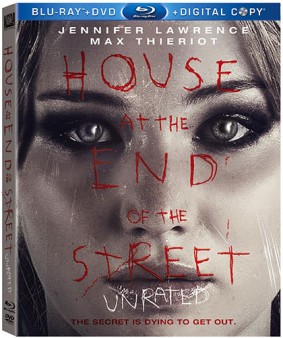

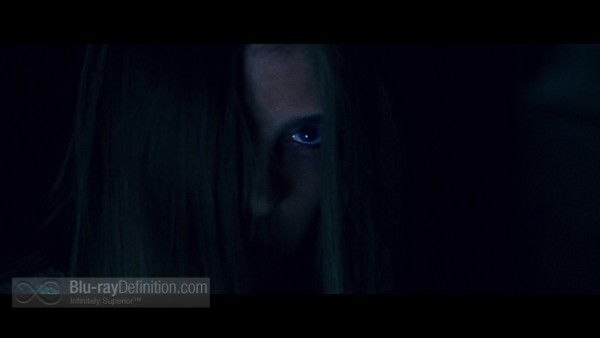
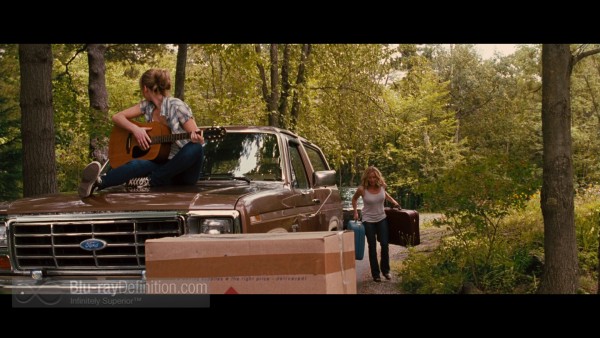
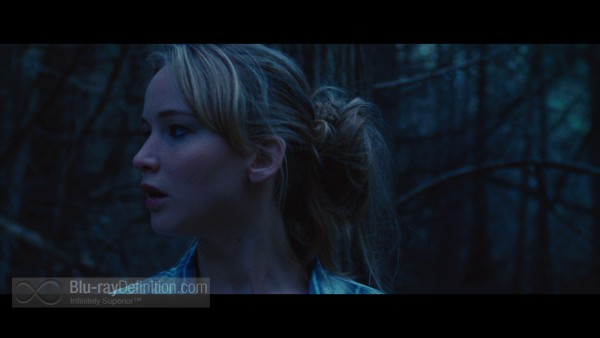
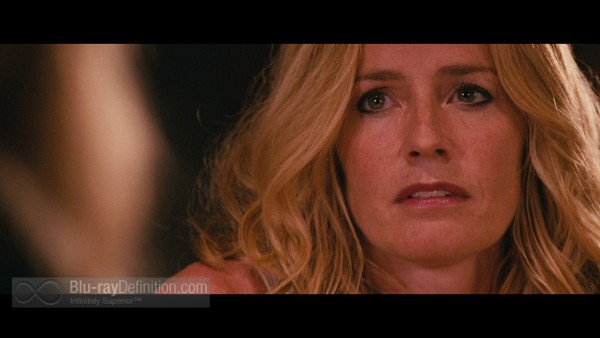
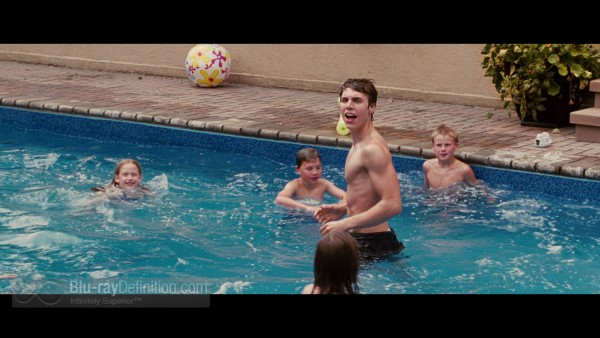

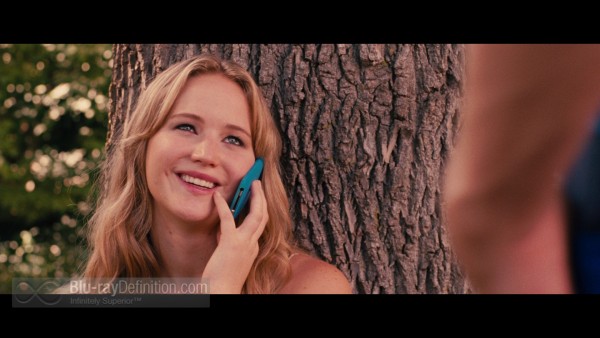
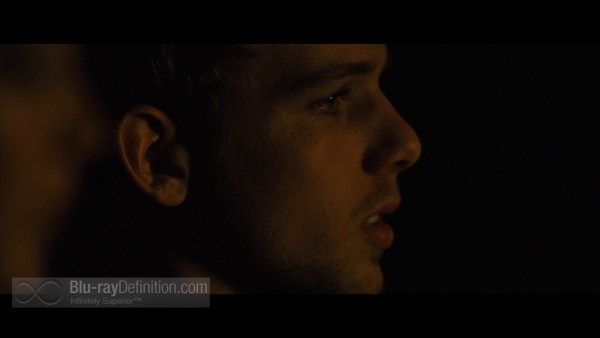
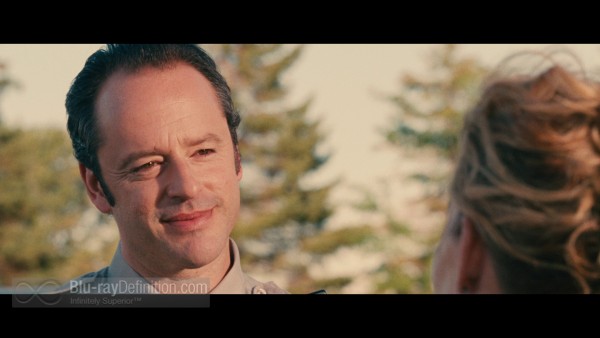
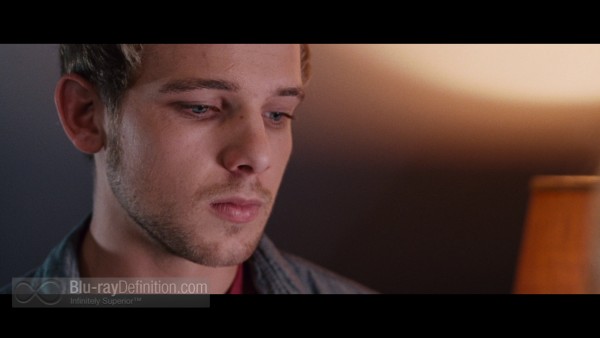

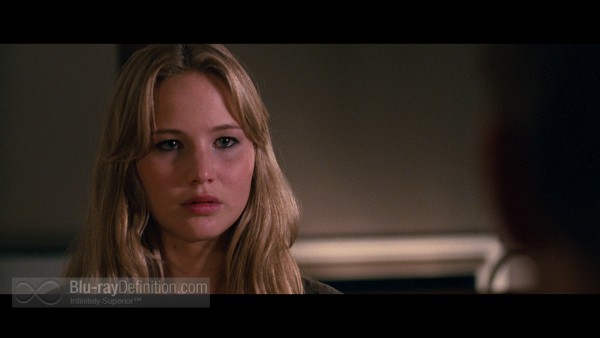

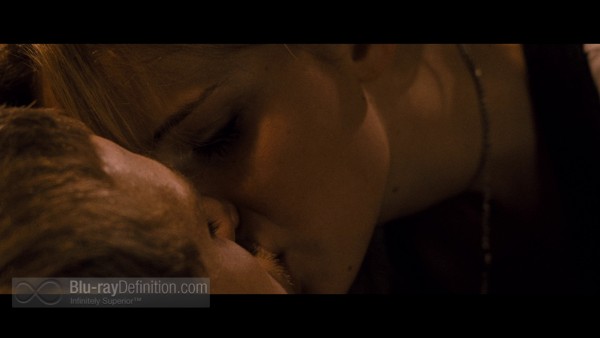
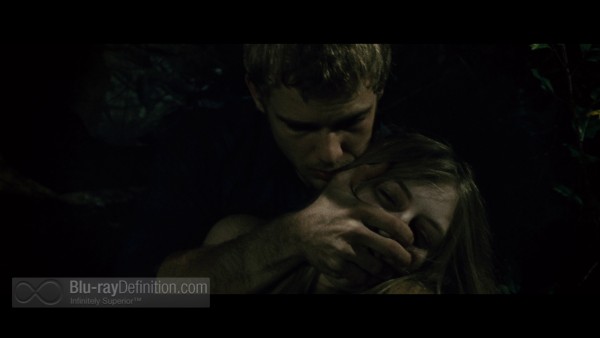
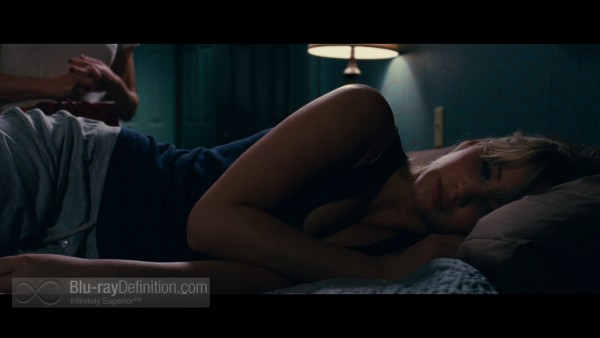

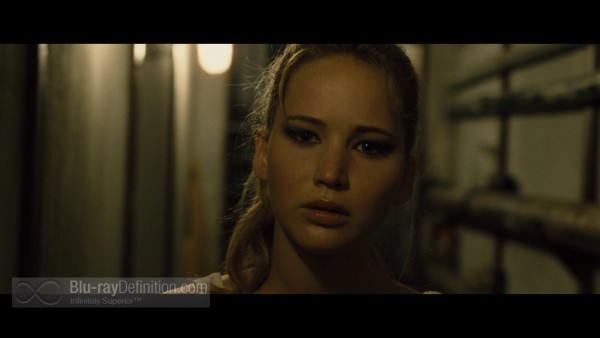
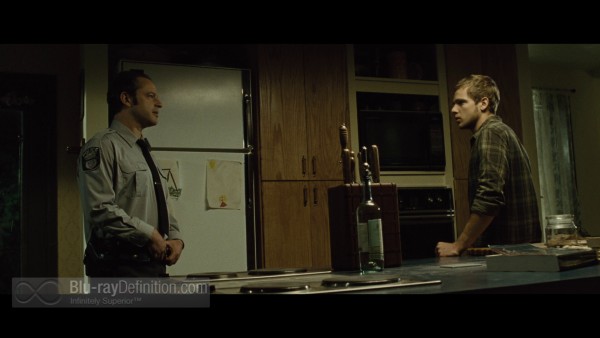
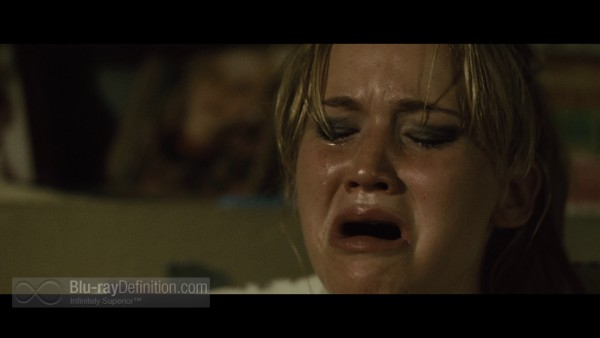


Wait a second, you don’t “shoot anamorphically” in Techniscope, that’s a spherical process. And Fuji 3514DI was the stock used for the prints, not what they shot on.
You totally misread the IMDb tech specs page.
Yep, thanks for pointing that out. The review has been fixed. The reference to anamorphic filming was actually a typo that slipped in from an earlier draft from my notes when I thought I spotted some lens flares, which turned out to be something else. As for the film stock, I completely missed that and, the Fuji 3514DI IS, as you say, a print format, not negative format. I’ve looked around and sent out some feelers, but haven’t found any information on the exact stock used for this film.